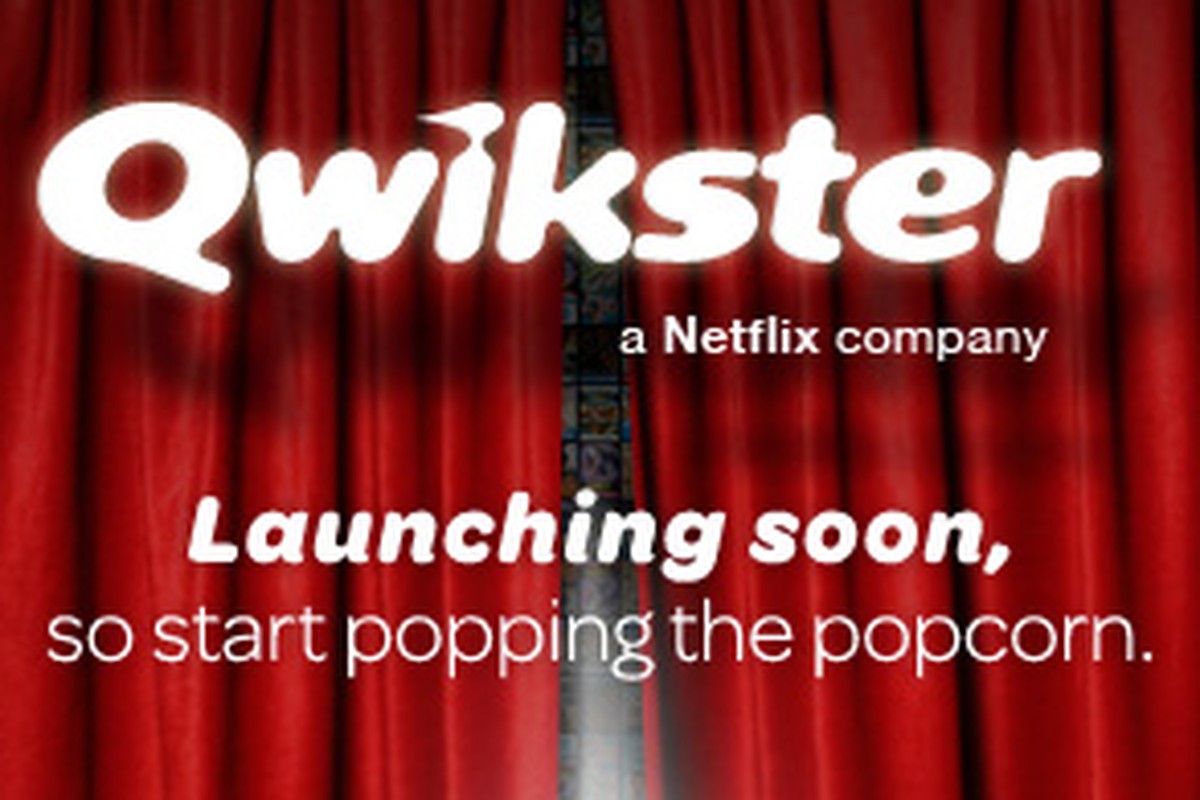Branding
UCSD MGT 100 Week 08
Let’s reflect

Branding
- Logos
- Netflix & Kraft case studies
- What is a brand?
- How do brands work? 4 ways

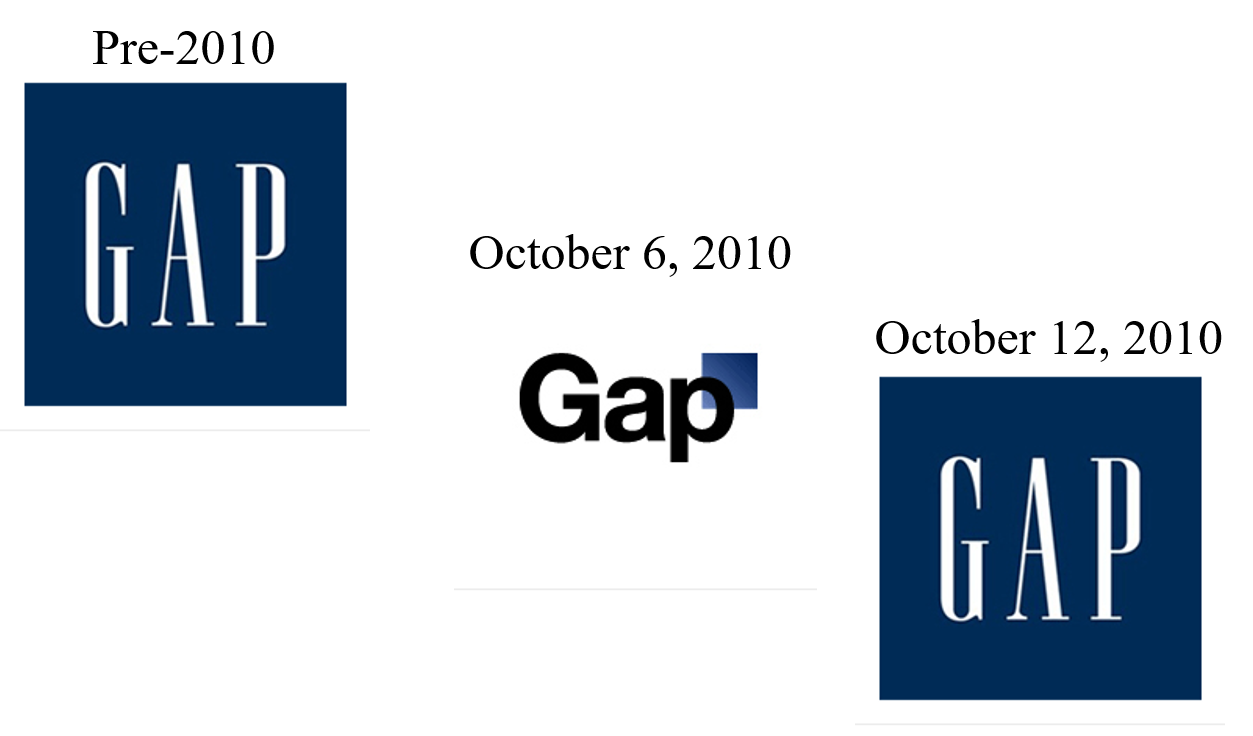
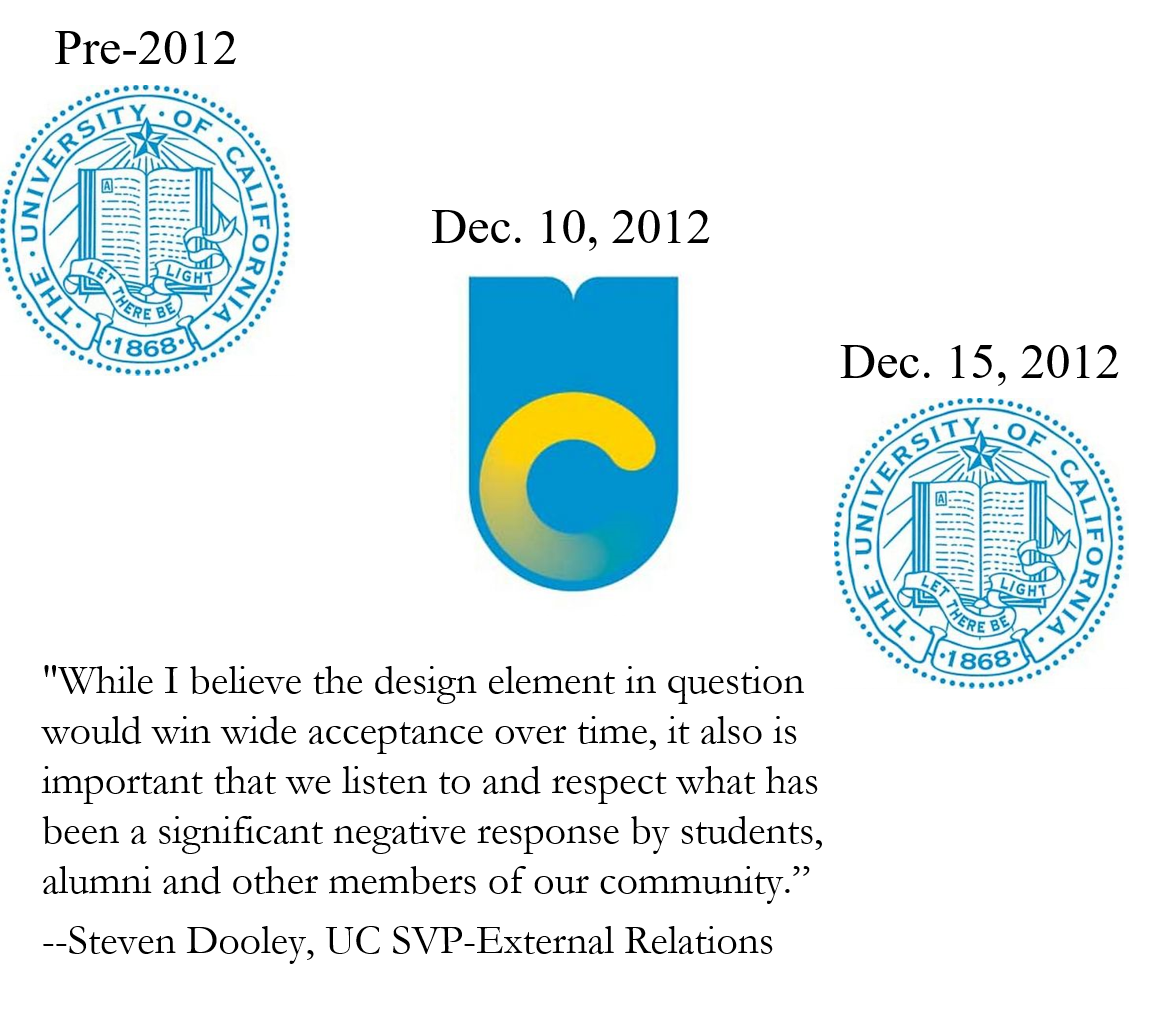

Case study : Netflix
- 1997: Founded to deliver moves over the internet
- 1999: Pioneered DVD-by-mail
- 2007: Launched streaming
- 2011: July price hike, Sept service split into
- Netflix: Video streaming
- “Qwikster”: Rebranded DVD-by-mail service
![]()
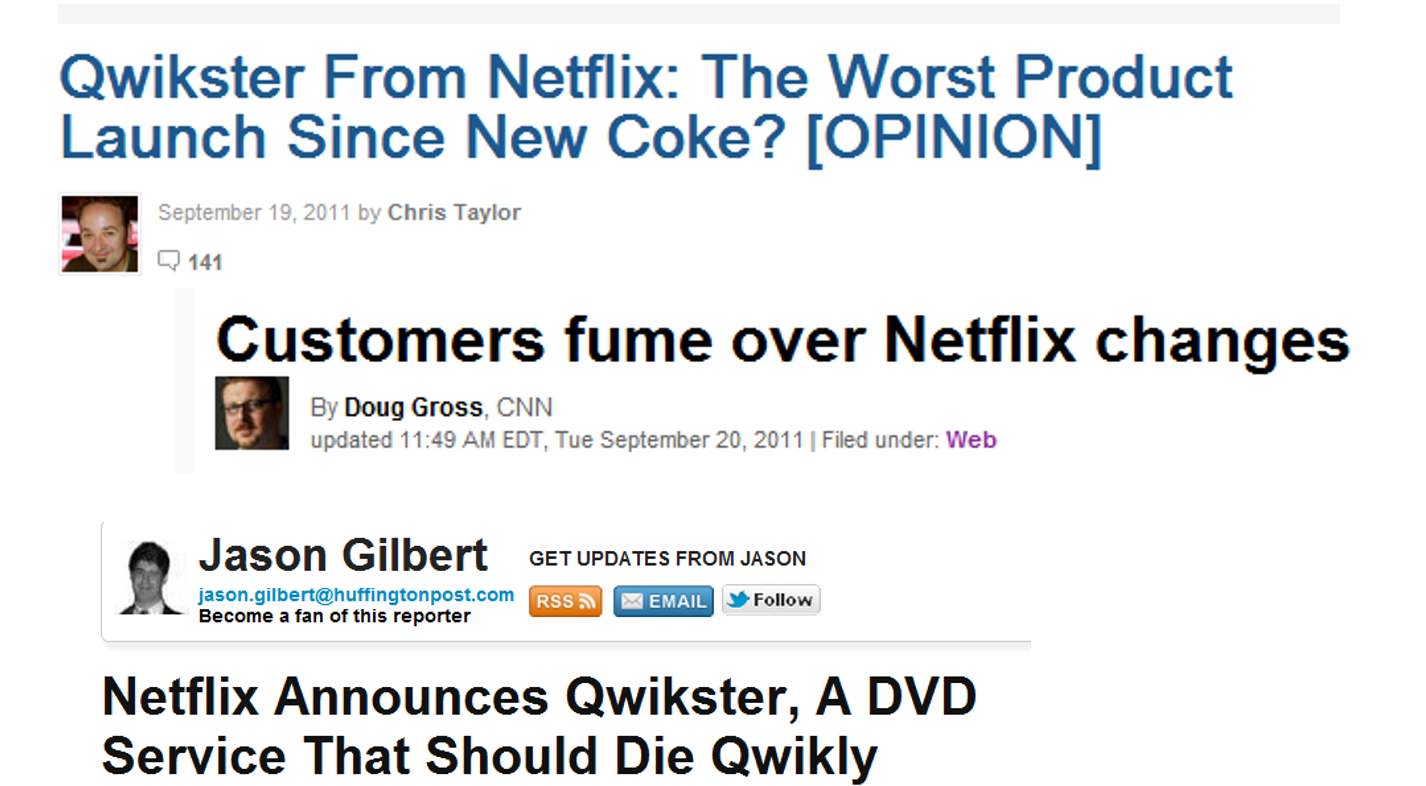
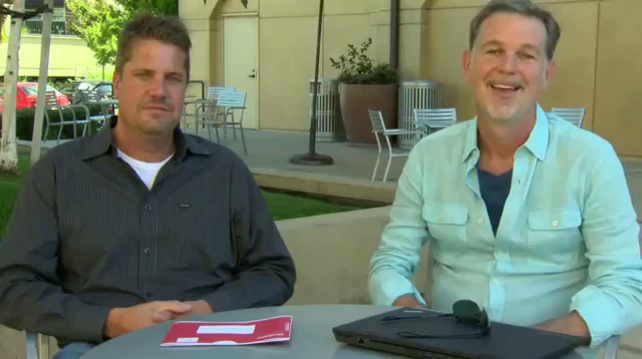
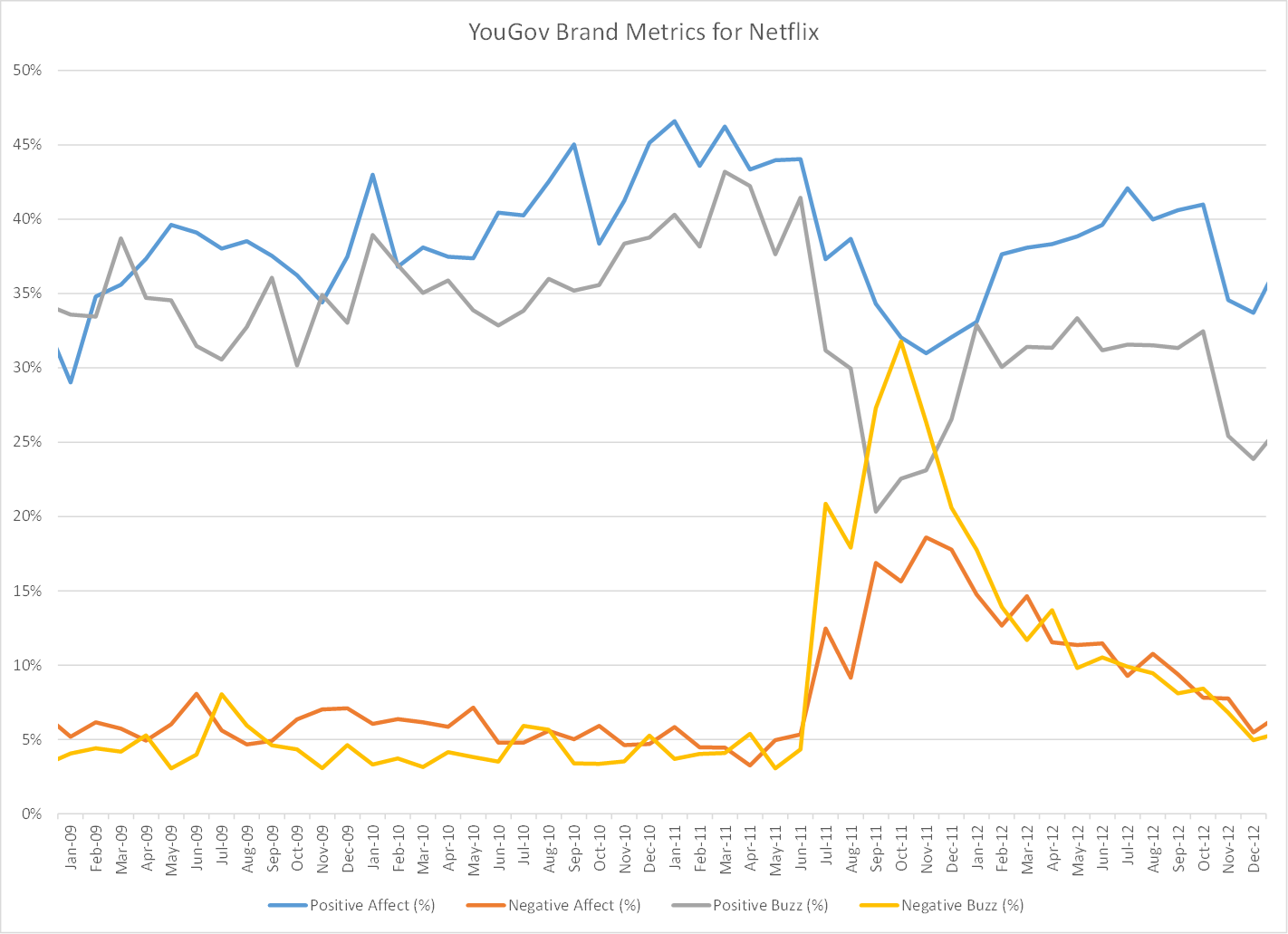
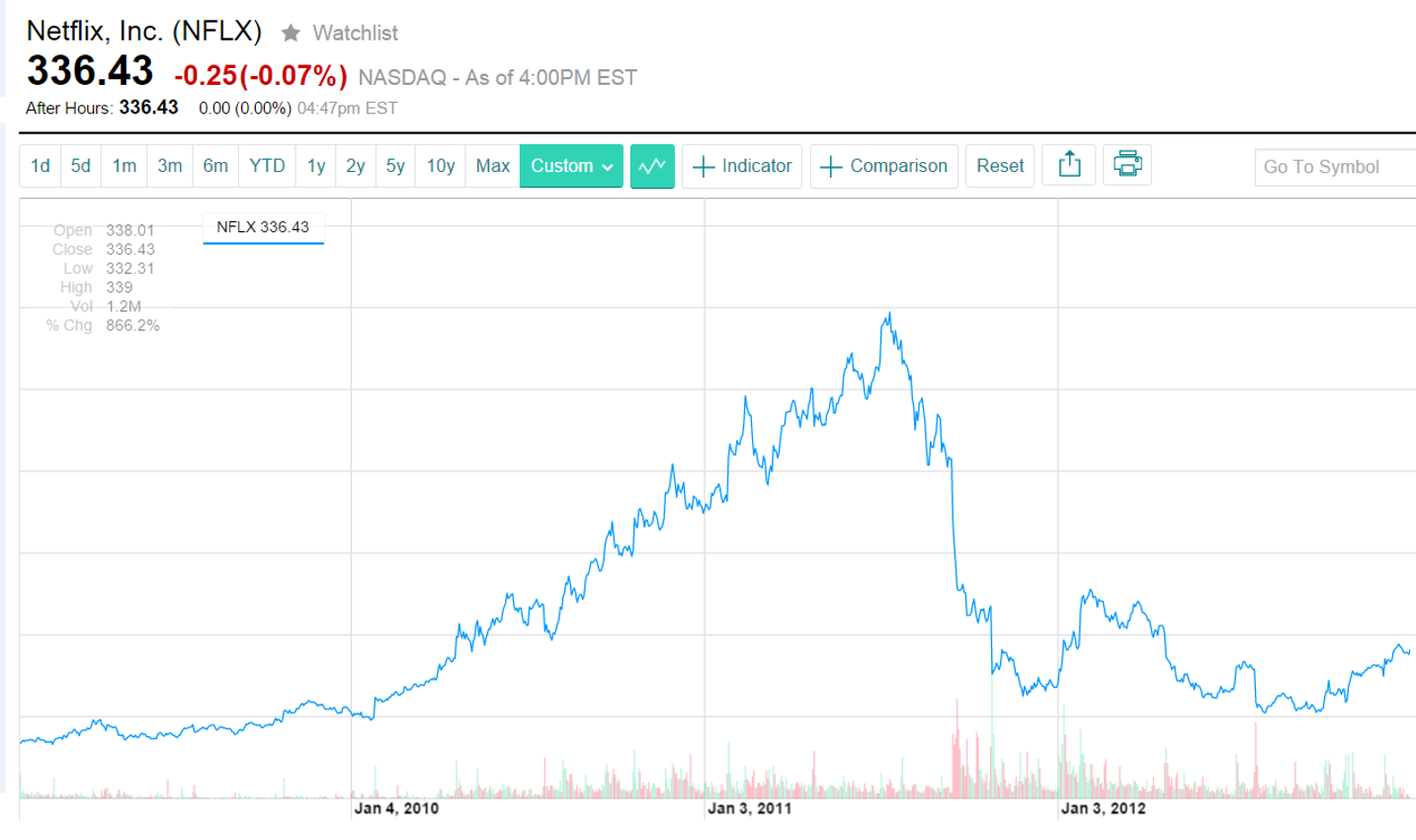
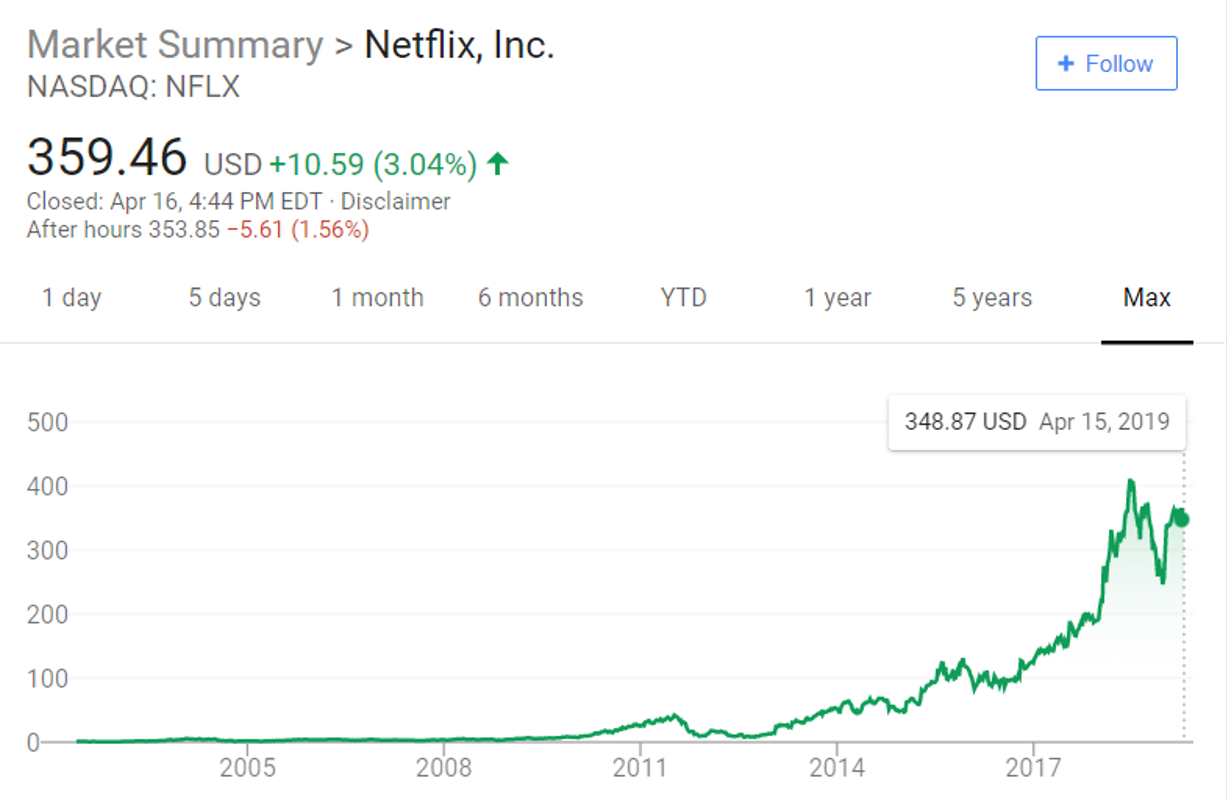
Netflix Case study : Takeaways
- Brand adjustments require consumer acceptance
- You own the IP, not the mental real estate
- Smaller steps encounter less resistance
- Great brands monitor customer perceptions
- If you mis-step, change course
- Some news is bad news
Case study : Kraft Mac n Cheese
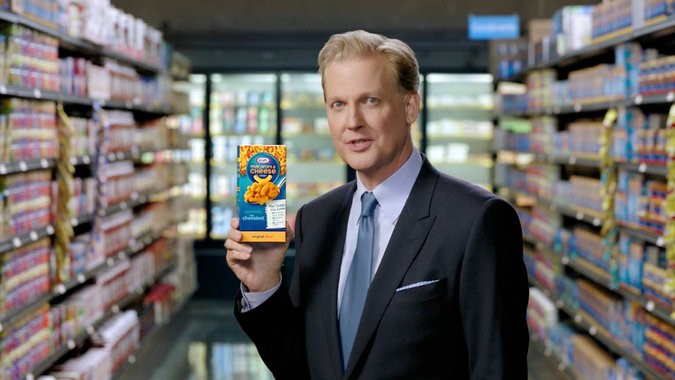
What is a brand?

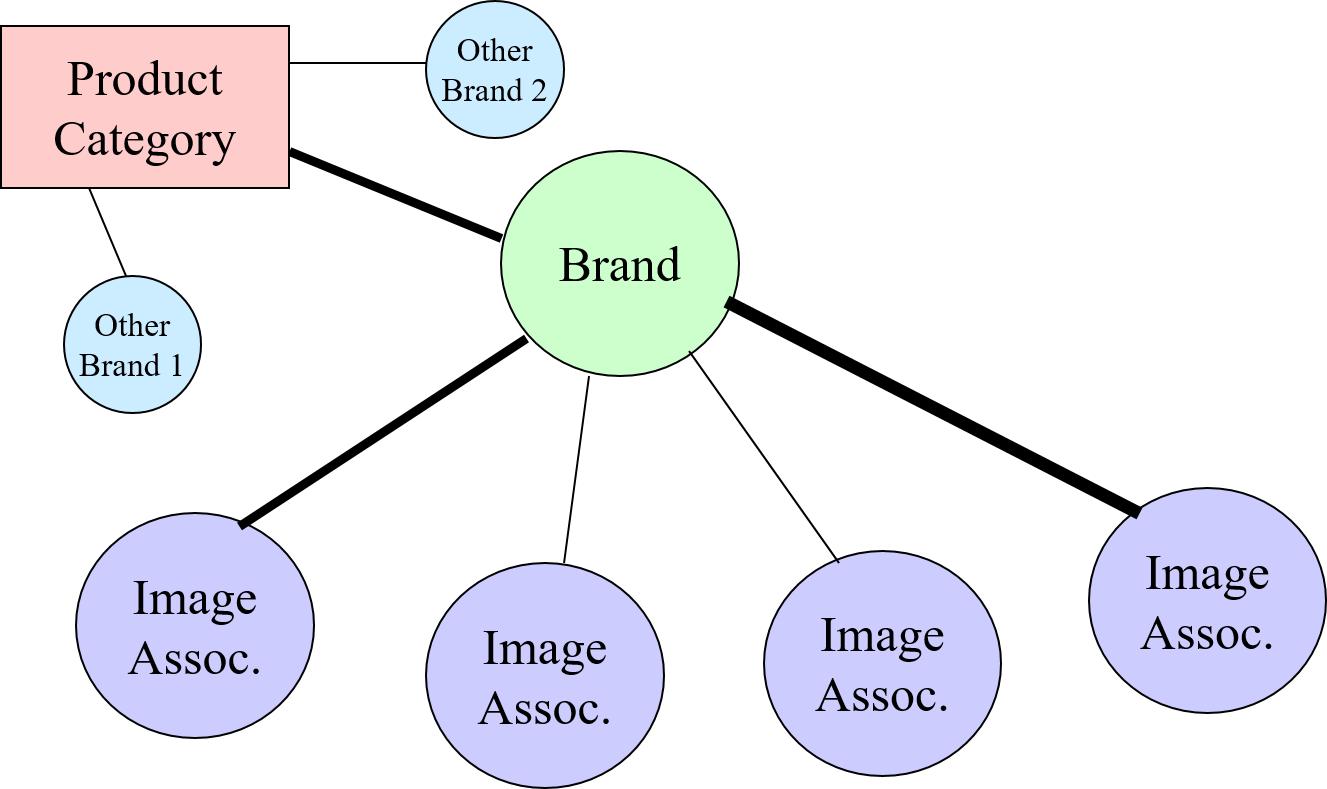
What is a brand?
An idea that shifts preference
Brands reside in consumers’ minds
- Mental real estate: Firm owns trademark but not brand
- Rooted in reality but reflects consumer experiences, perceptions and idiosyncracies
Some auto-associative sequences
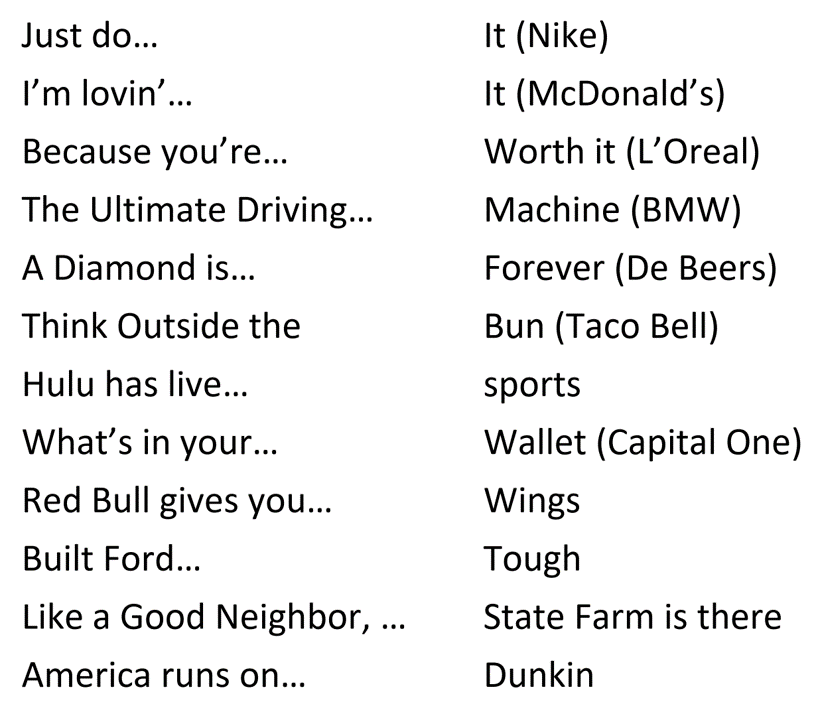
- Why do firms spend so much to create these associations?
What association?
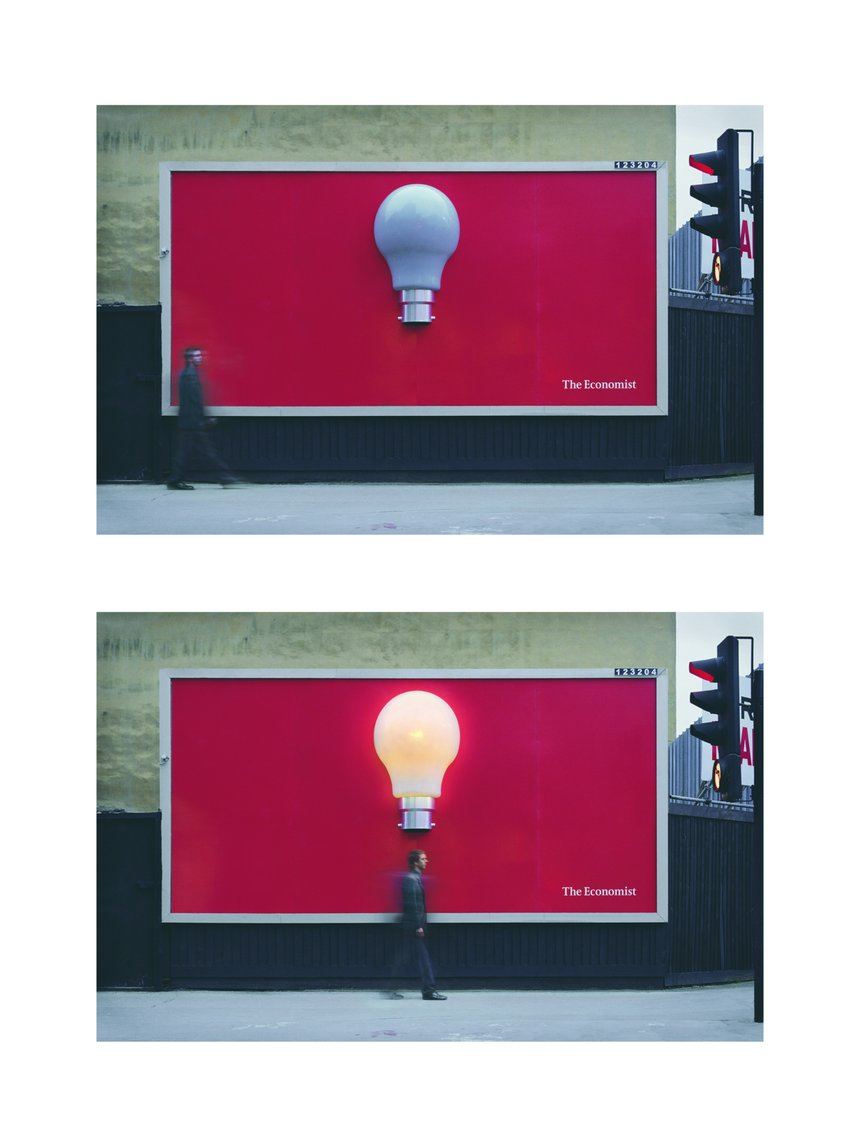
Brand Safety, Content Moderation
- Brands try to avoid unsavory associations–misinfo, hate, violence, obscenity, etc–as they may upset consumers, embarrassing PR, and unfavorable brand associations
- Brands have long demanded advertising platforms maintain “brand safety”
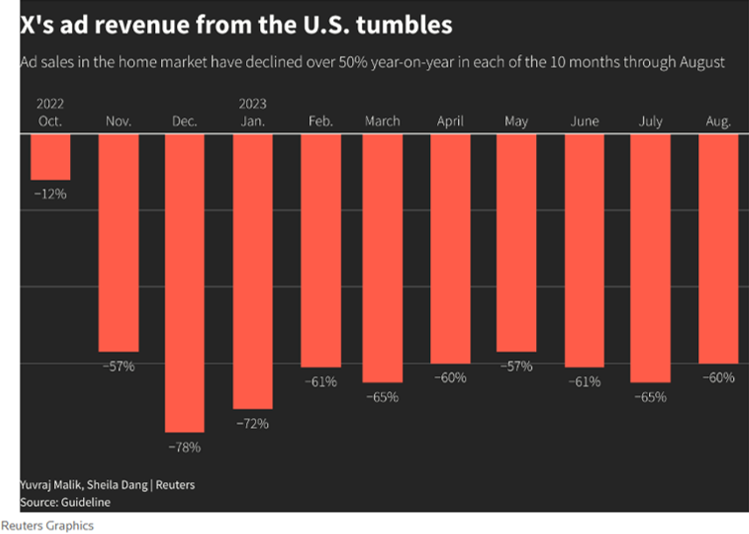
How do Brands Work?
Credibility
Rapid communication
Personality & Self-expression
Gestalt
1. Credibility
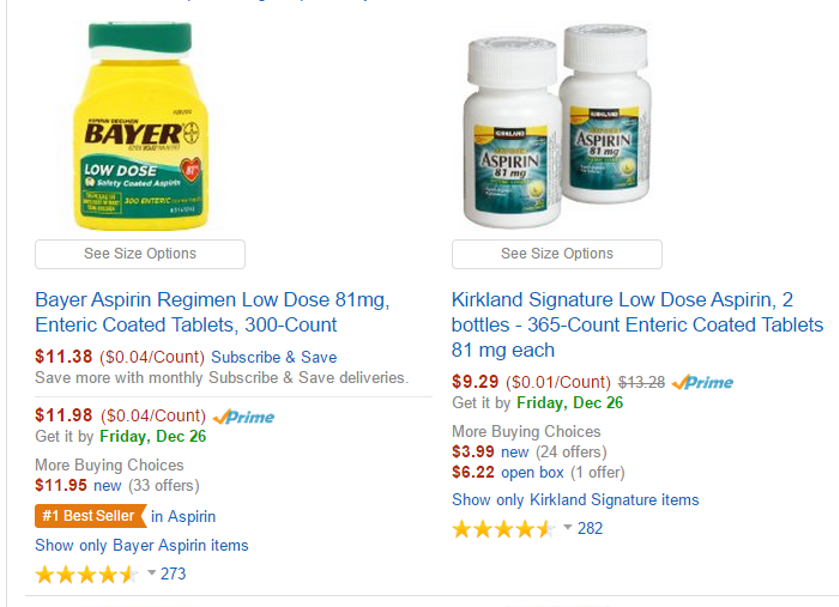
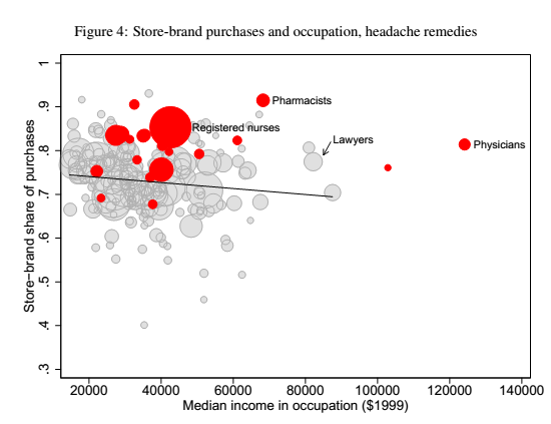
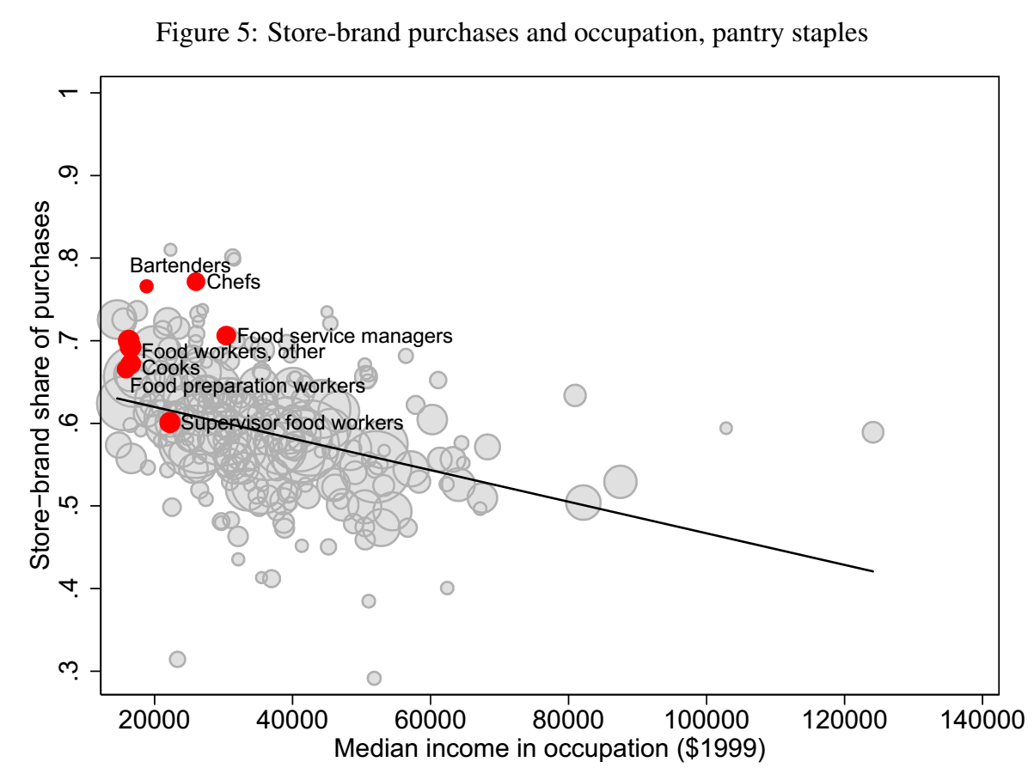
What happens when consumers gain knowledge?
- Bron. et al. (MkSc 2020): Intercepted shoppers in-store
- First, a survey, including:
- Q2: Do you prefer private label or nat’l brand? (PL=1)
- Then, a blind brand/PL taste test, followed by
- Q3: Which did you prefer? (PL=1)
- Q4: Will you buy PL next time?
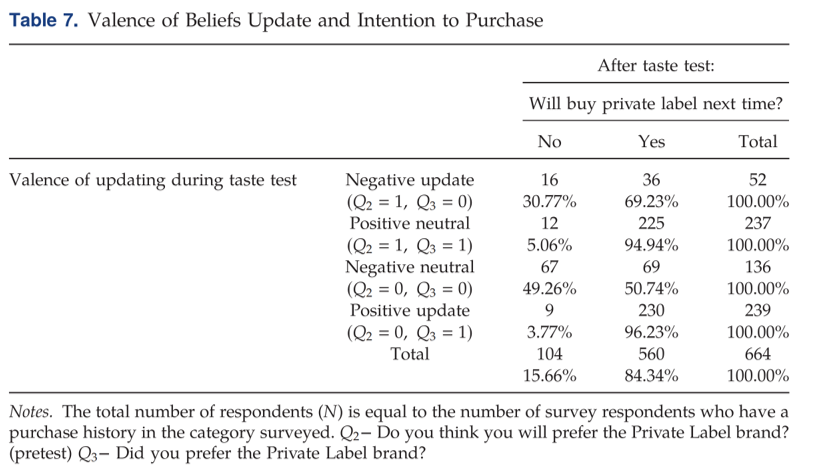
PL Share among Surveyed Shoppers
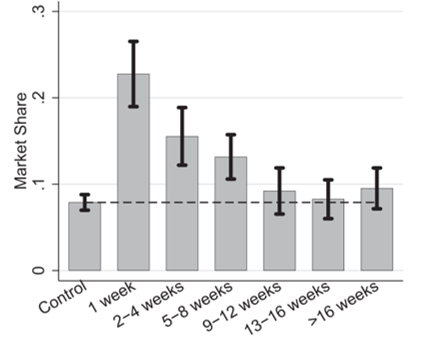
1. Credibility : Takeaways
- Less-knowledgeable consumers are more likely to pay the brand premium
- Recognized brands assumed better/safer than alternatives
- Informing consumers can change brand/PL sales
- Changes may be transitory
2. Rapid communication
Names and graphics
- facilitate understanding
- call attention to differentiating attributes
What is the value proposition?
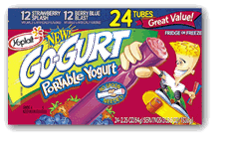
3. Personality & Self-expression

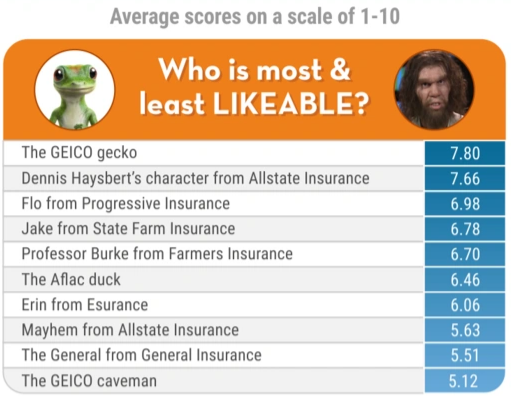

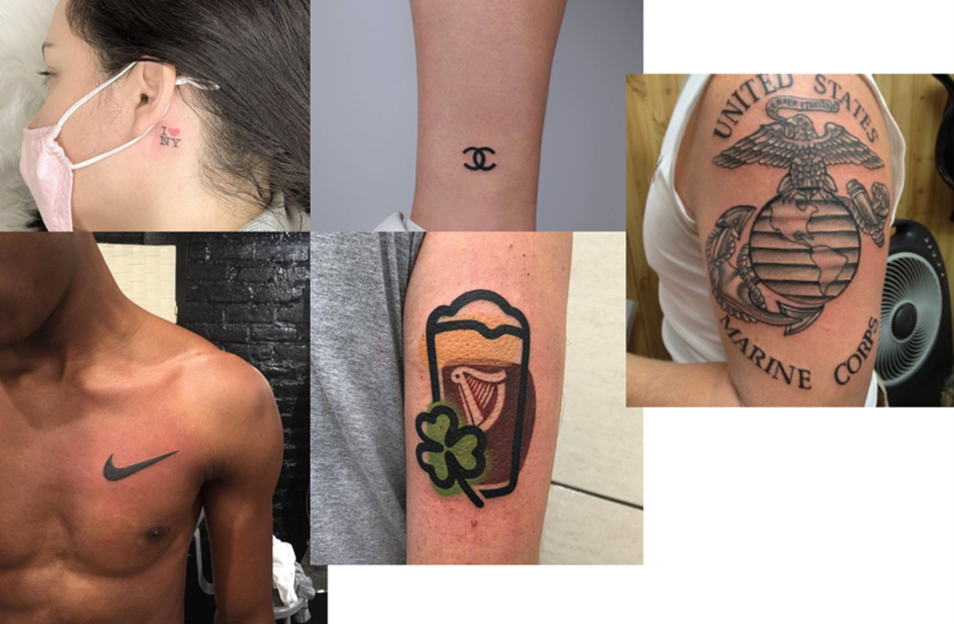
Brands can
Express shared identities: UC San Diego, San Diego Padres
Personify seller attributes, eg Jordan Brand, Kylie Cosmetics
Common brand “personalities”
- Classic/sincere, eg Hallmark, In-n-Out
- Competent, eg IBM
- Exciting/fun, eg Snapchat, Scion
- Sophisticated, eg Tiffany
- Calm/peaceful (more common in East Asia)
4. Gestalt
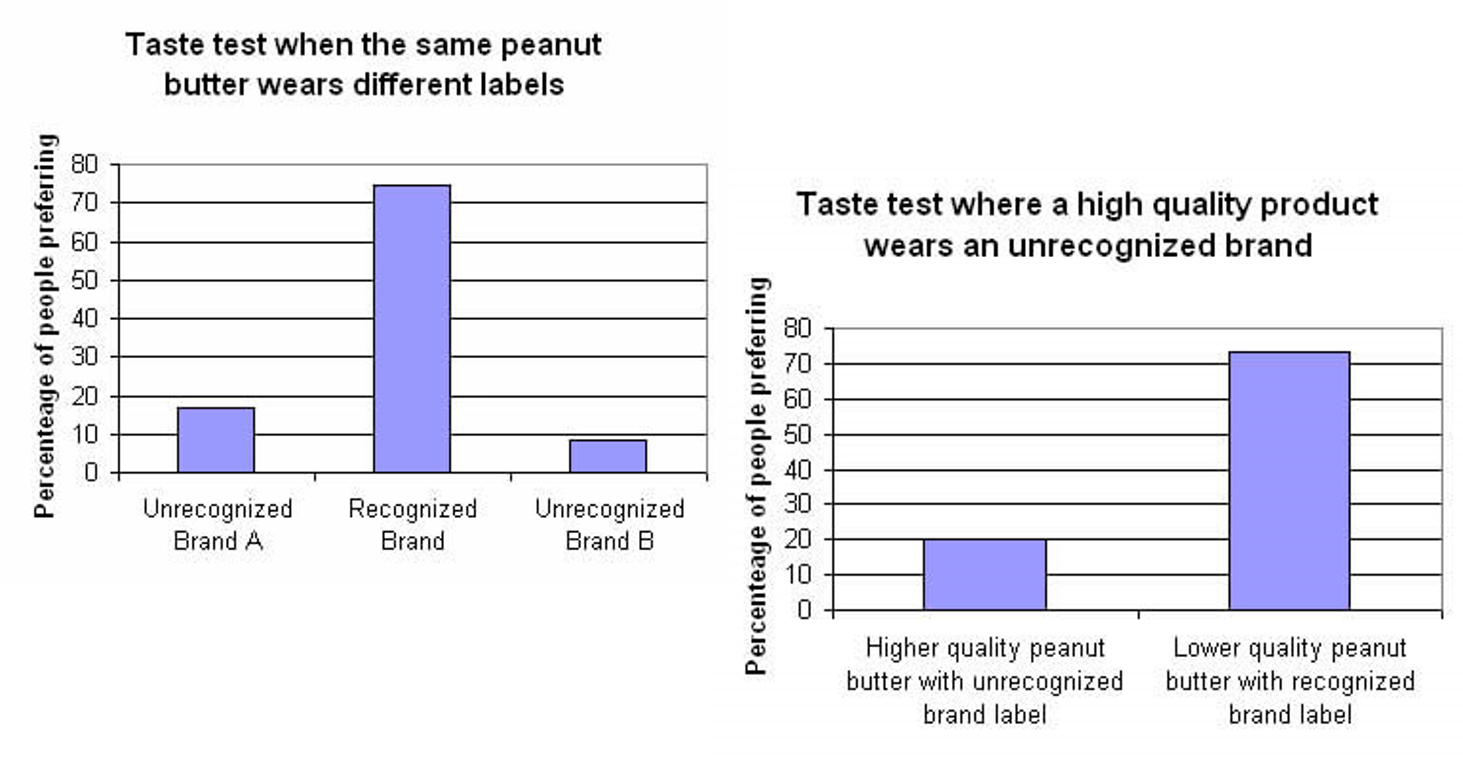
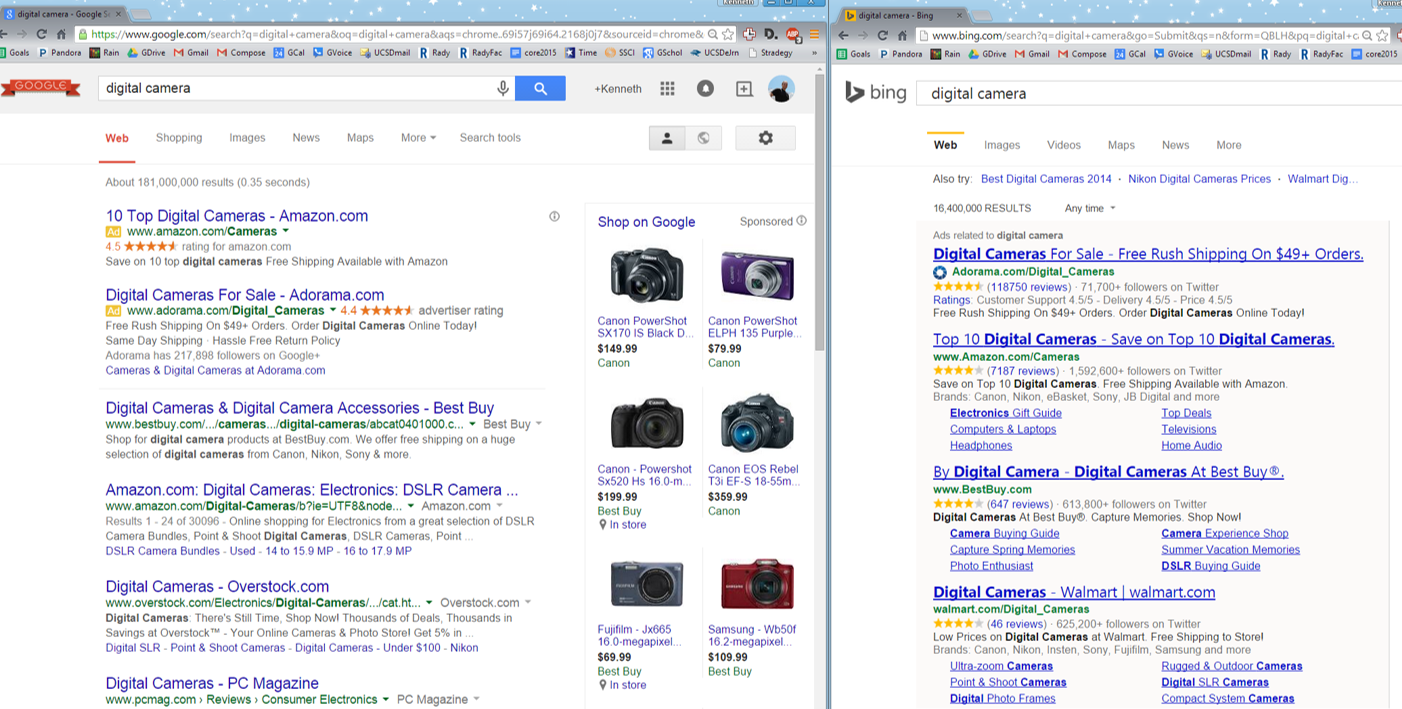
Creating artificial differentiation
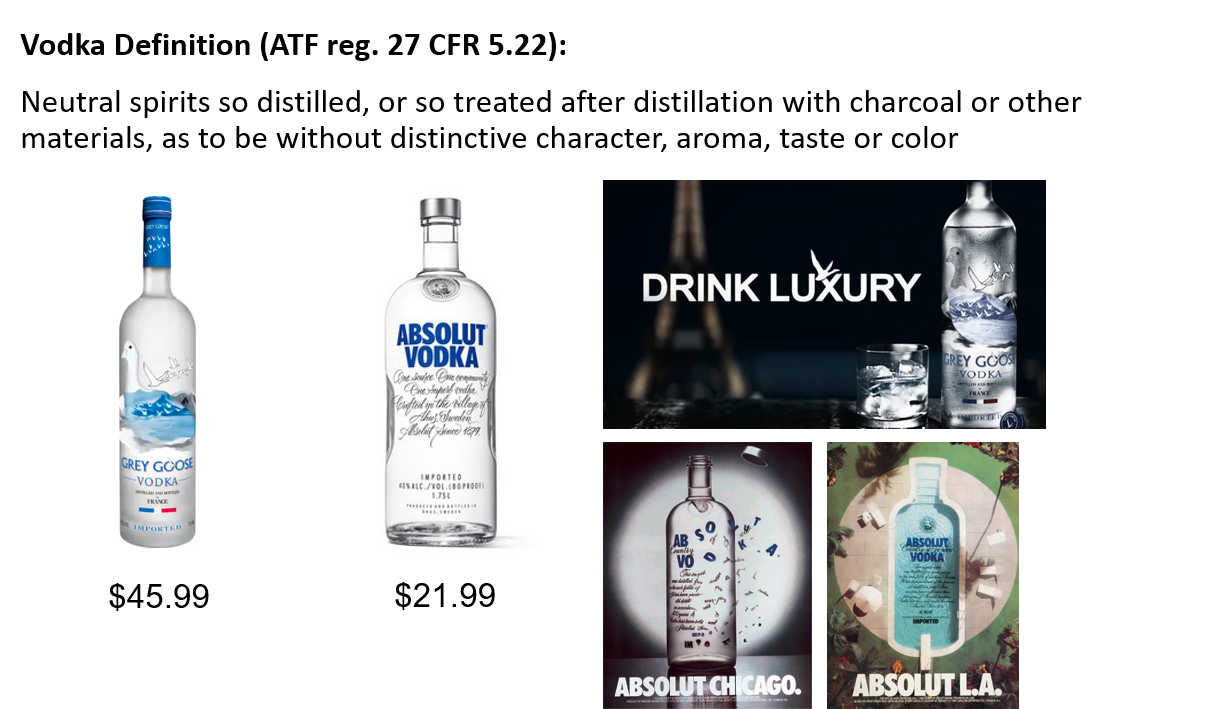
What’s in a name?
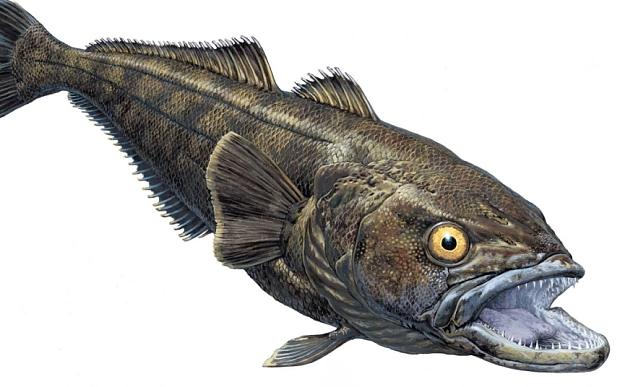
Does advertising build brands? Toyota
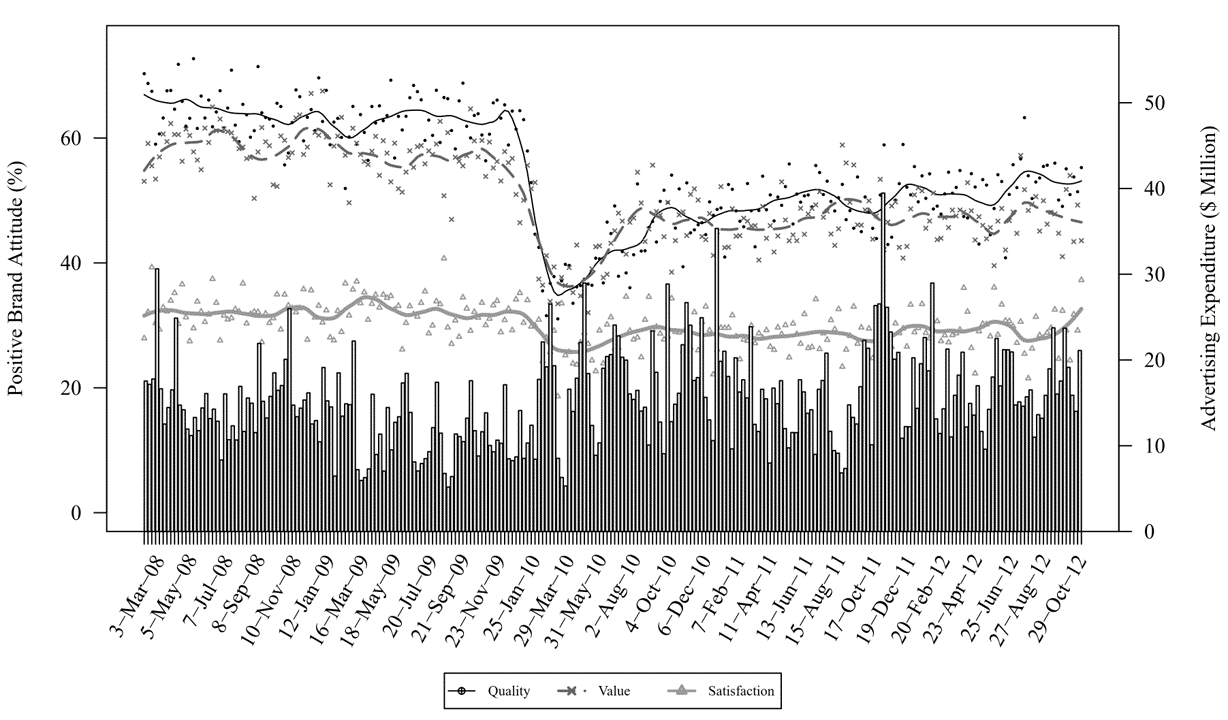
Does advertising build brands? Coke
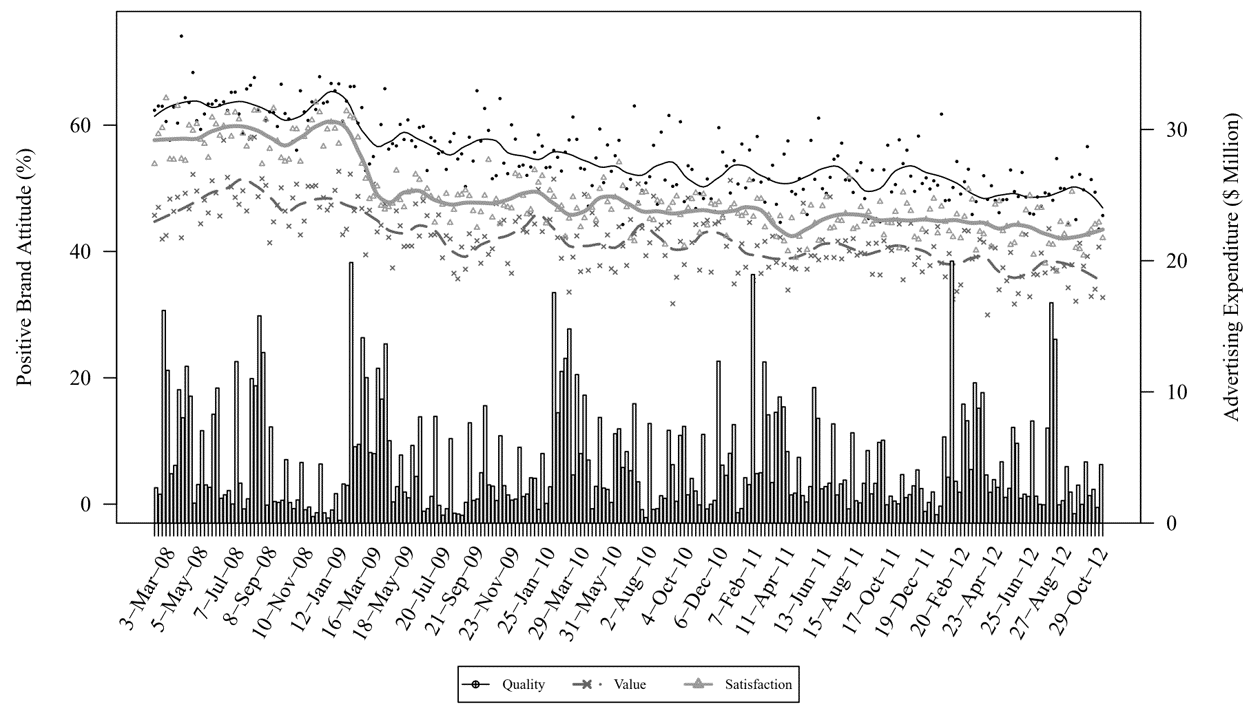
Does advertising build brands? Apple
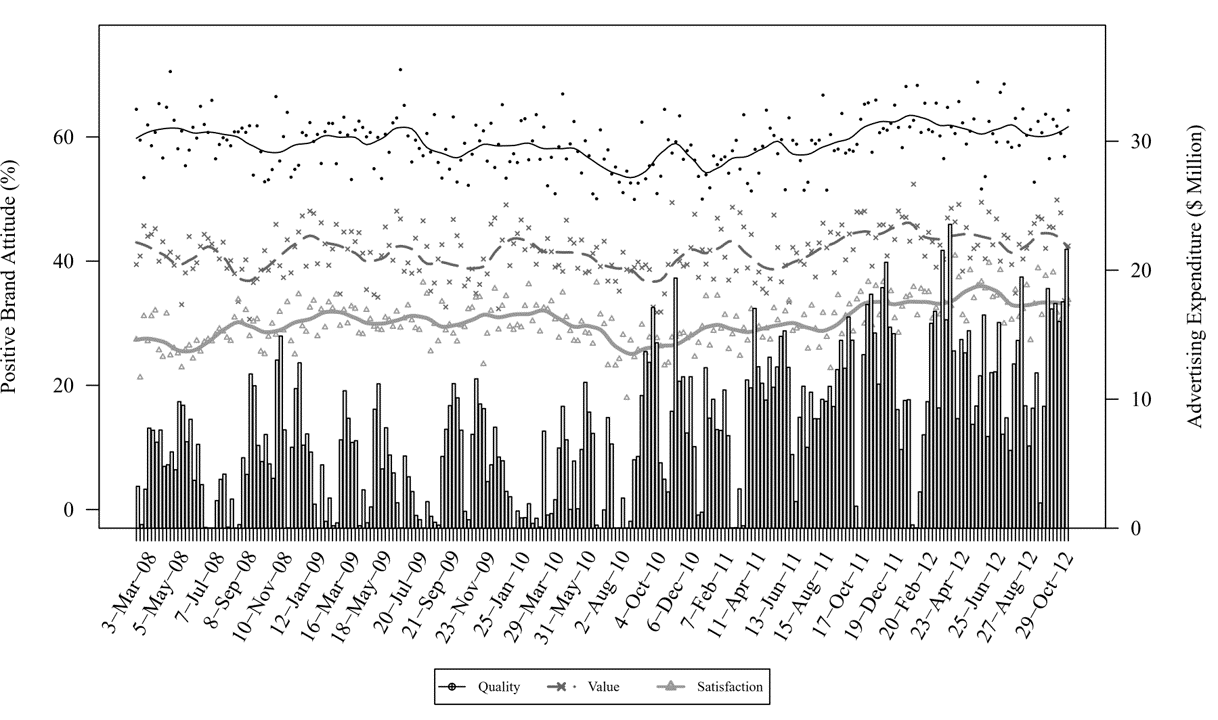
Advertising and brand attitudes
- We analyzed $264B in ad spend by 575 brands in 37 categories over 5 years
- Findings:
Own advertising increases brand perceptions
Competitor advertising decreases brand perceptions
- Advertising looks like a prisoner's dilemmaMassive data needed to estimate precise effects
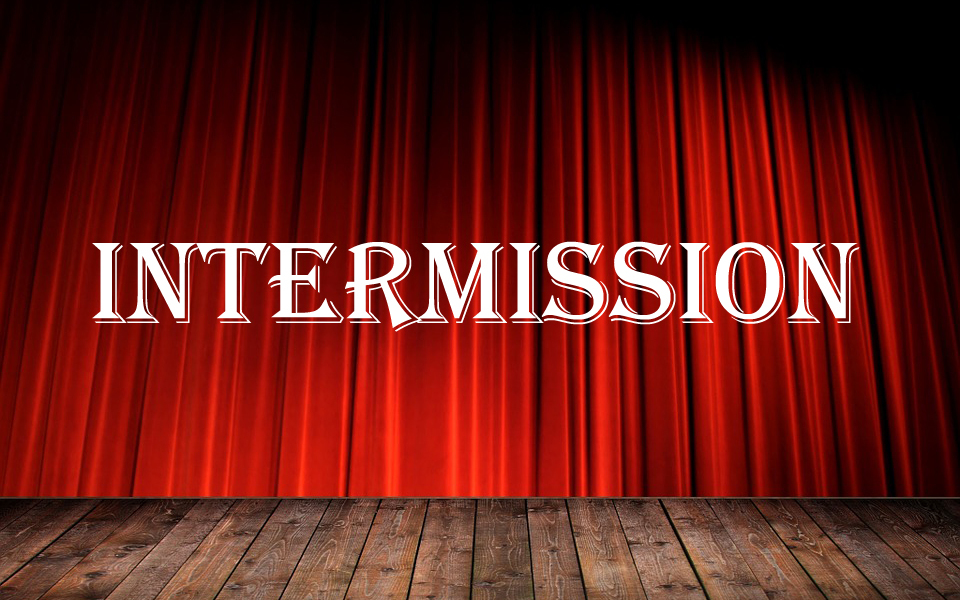
- T/F: Increasing ad spend clearly boosts brand attitudes the following week.
Toolkit: Find wtp for sponsorship
We can pay a celebrity brand \(\$W\) to sponsor our phone. Market research indicates sponsorship will increase phone brand utility from \(\hat\beta\) to \(\hat\beta'\). Should we do it?
Let \(\pi_0=q_j(p_j-c)\) be current contribution assuming optimal pricing
Let \(q'_j(p_j)=N \hat{s}'_j(p_j)\) be celebrity-sponsored demand
Calculate \(\pi_1=q'_j(p_j)(p_j-c)\)
- \(\pi_1-\pi_0\) is pure demand effect of celebrity association
Find new optimal price \(p'_j\) for demand \(q'_j(p_j)\)
Calculate \(\pi_2=q'_j(p'_j)(p'_j-c)\) ; associate with celebrity if \(\pi_2-\pi_0>W\)
Discuss: What if celebrity’s threat point is to associate with a competitor?
Discuss: What if celebrity association persists multiple years?
Discuss: What if 20% chance a celebrity scandal reduces \(\hat\beta'\) to \(\hat\beta''\lt\hat\beta\)?

Class script
- Assess profit effect of celebrity affiliation with brand

Wrapping up
Homework
- Let’s take a look

Recap
- Brands are consumer associations between company assets (products, trademarks, etc) and related concepts
- Mental real estate: We can influence it but we don’t own it
- Brands work by establishing credibility, rapid communication, personality/self-expression and gestalt
- Demand models can quantify returns to brand investments

Going further
Revenue Premium as an Outcome Measure of Brand Equity (JM 2003)
Advertising and brand attitudes: Evidence from 575 brands over five years (QME 2019)
Consumer Misinformation and the Brand Premium: A Private Label Blind Taste Test (MkSc 2020)

